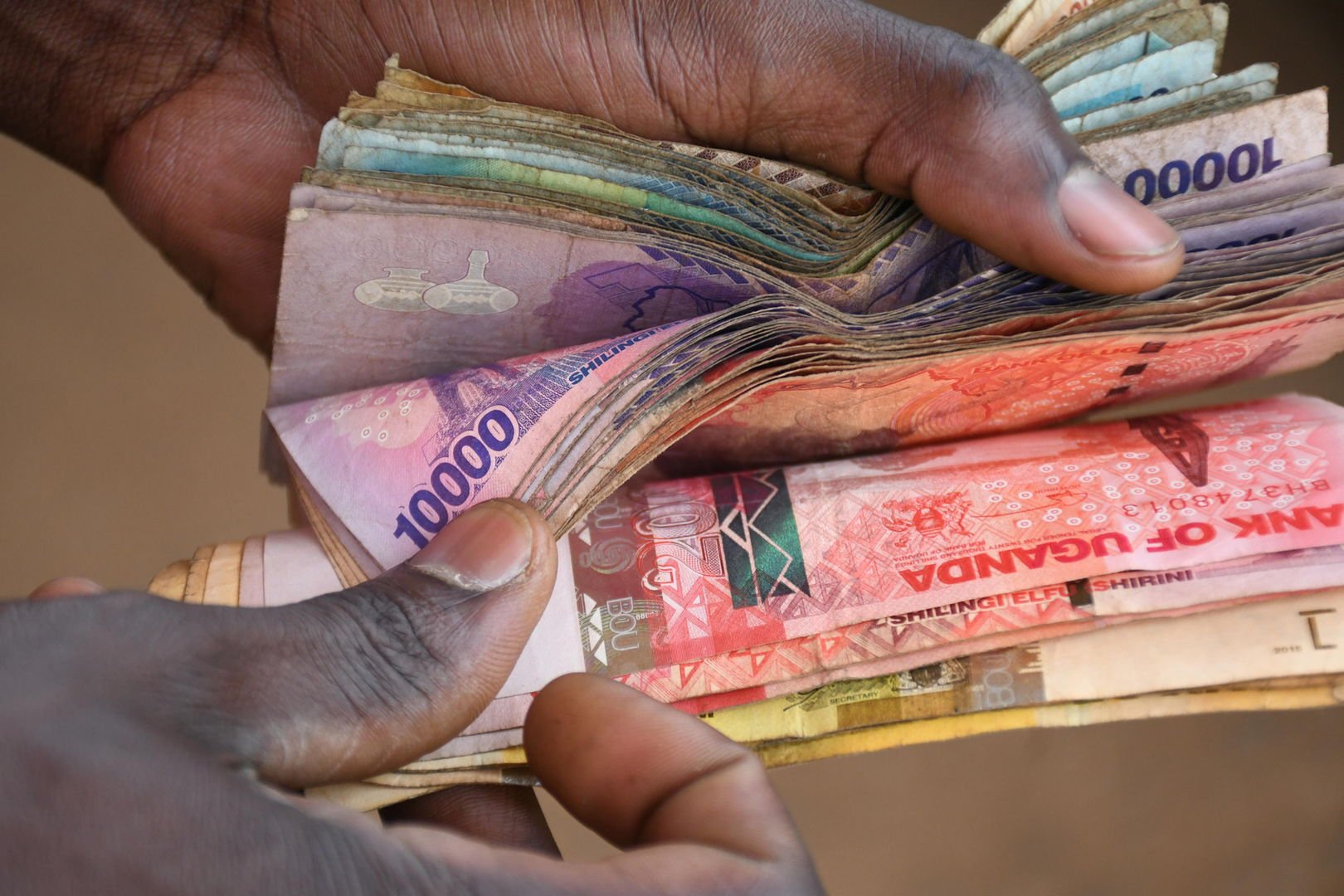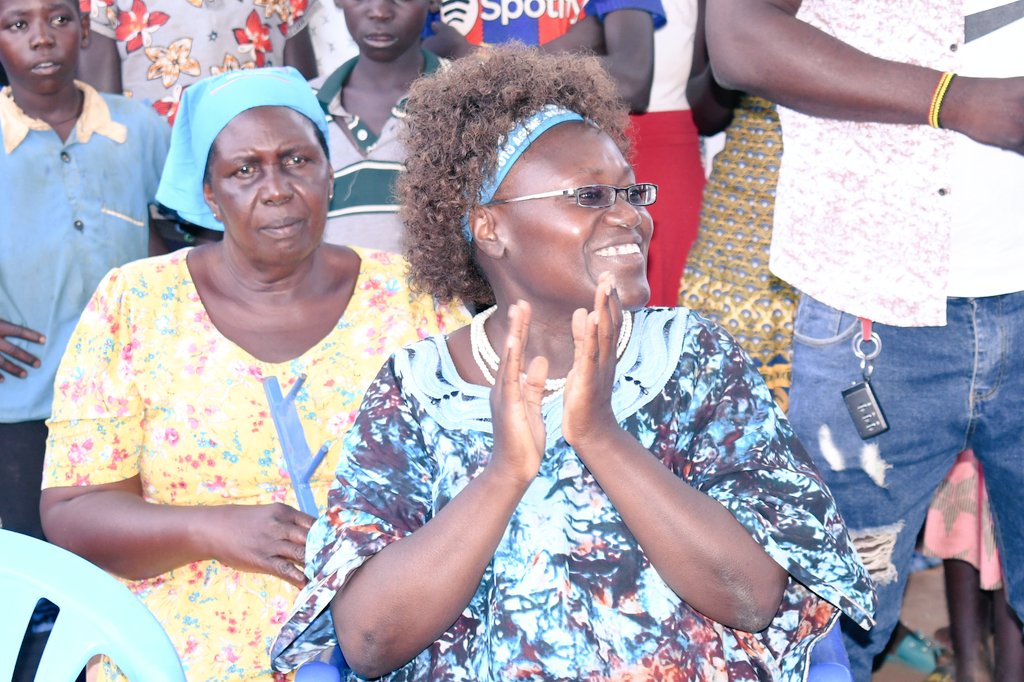Northern Uganda, once a source of concern for President Museveni, has transformed into his stronghold in recent years. The region, however, faces a growing threat that could undermine this newfound support.
Land Tenure in Uganda
Article 237 of the Constitution of Uganda specifies that land belongs to the citizens, with the Land Act categorizing land tenure into customary, freehold, mailo, and leasehold. Each tenure system comes with its own requirements for land transactions.
In many parts of Buliisa, land tenure was primarily customary, with some increasing leasehold acquisitions. This presented an opportunity for land speculators and grabbers, who exploited the poverty of local communities, often selling land without the consent of all stakeholders.
Balaalo’s Land Claims
The Balaalo, nomadic pastoralists, laid claim to approximately 40 square miles of land in Buliisa between 2001 and 2005. Some even obtained land titles, which were contested by the indigenous inhabitants, arguing that all land in Buliisa was communally owned.
This land dispute led to ethnic tensions, and an operation called ‘Operation Justice’ was launched to evict the Balaalo. This eviction aimed to prevent violence and safeguard the development of oil and gas prospecting in the region, a critical economic endeavor.
Ethnic Tensions and Eviction
As a result of the eviction, the Balaalo faced hostility and were transported to Kyankwanzi, a move that provoked opposition from the Buganda Kingdom. This exacerbated tensions, as the government supported the indigenous communities’ claims to the land and urged the Balaalo to leave.
Dispersal of Balaalo
Following the eviction, the Balaalo dispersed across various regions in Uganda, including West Nile, Acholi, Lango, Teso, Karamoja, and Sebei. Their presence has triggered land conflicts and disrupted community gardens, particularly in post-conflict northern Uganda.
Apaa Land Dispute
One contentious area is the 827 square kilometers of Apaa land claimed by the Uganda Wildlife Authority (UWA), Adjumani, and Amuru districts since 2012. The government’s direction to Balaalo to acquire and fence their own land in the region failed to satisfy local leaders, who called for their total eviction.
Unclear Government Stance
Political leaders in the region have demanded the expulsion of Balaalo, but the government’s position remains ambiguous. Even within the First Family, there are differing opinions. When President Museveni issued an executive order to remove the Balaalo, his brother, Gen Salim Saleh, disagreed, arguing that the President’s decision was based on incomplete information.
Balaalo Verification Committee
The Balaalo verification committee, led by Prof Jack Nyeko Pen-Mogi, issued a report that recommended the eviction of illegal herdsmen in northern and north-eastern Uganda. It identified numerous illegal Balaalo in the region and suggested the revision of land lease agreements to ensure fair terms.
Resolution and Next Steps
The report called for the immediate eviction of illegal Balaalo and the renegotiation of unfair lease agreements. It also recommended a change in security leadership to facilitate the implementation of presidential directives.
The land disputes involving the Balaalo pose a significant challenge to the stability of northern Uganda, threatening to unravel the region’s hard-earned peace and development.




















